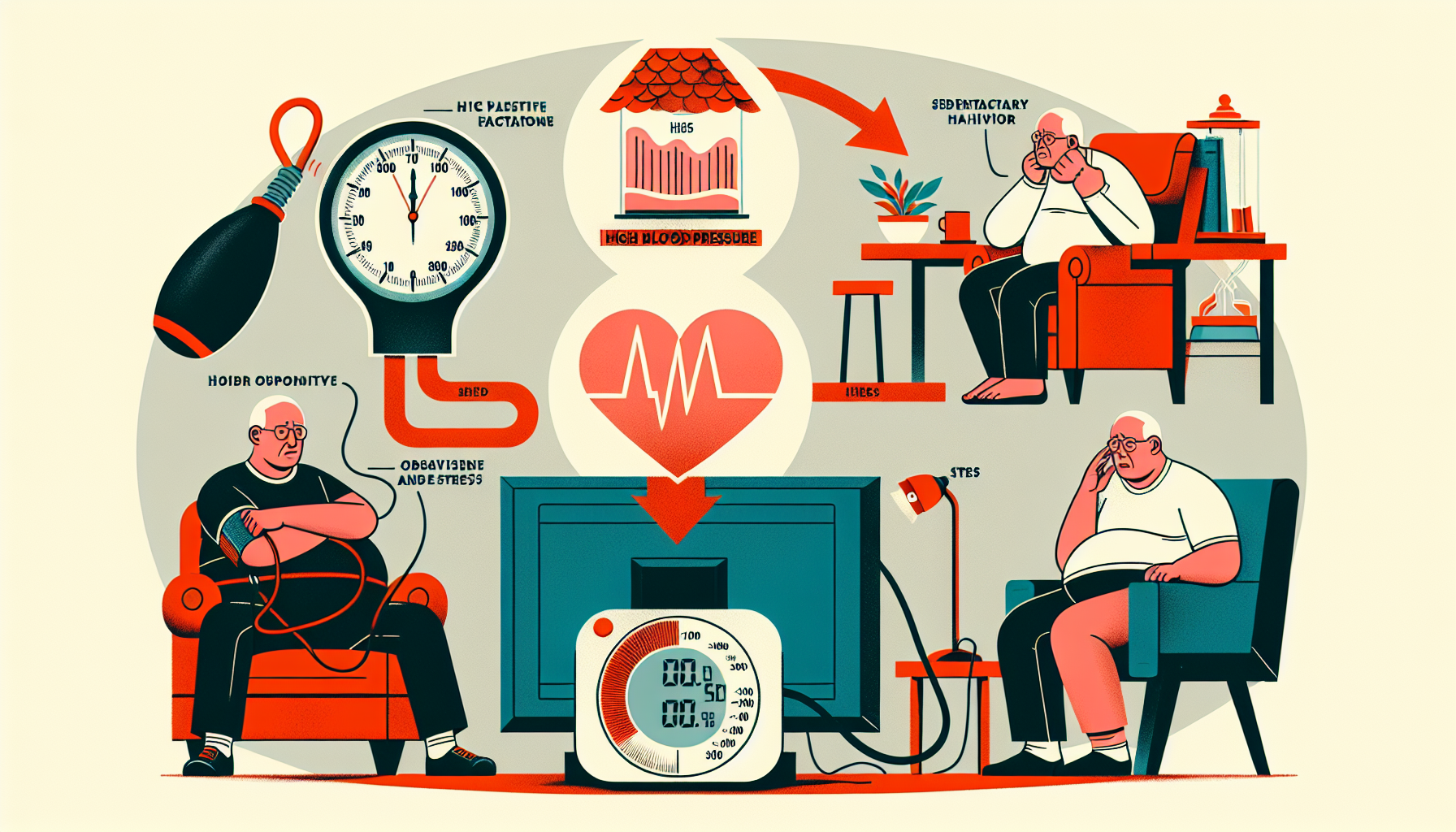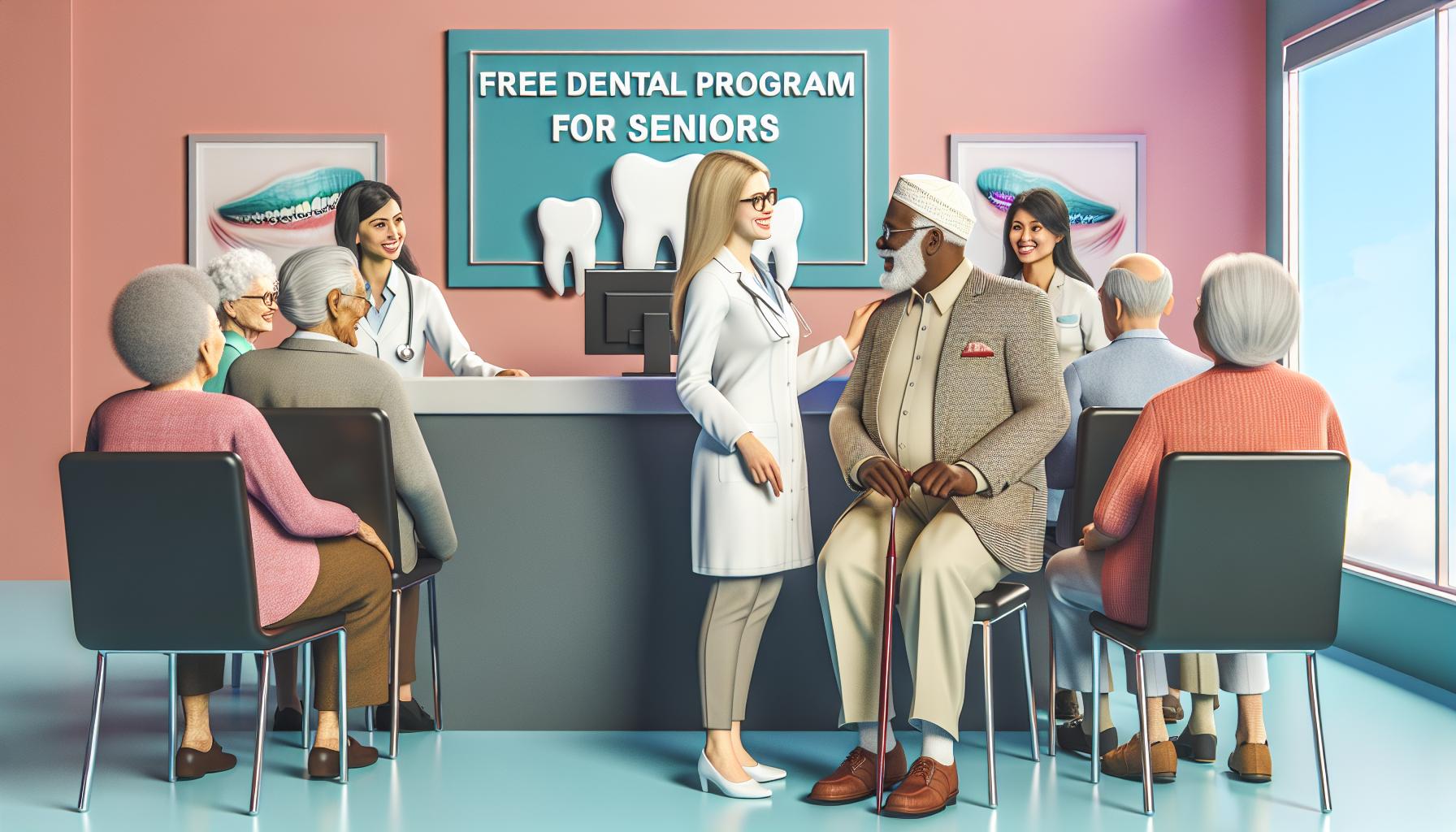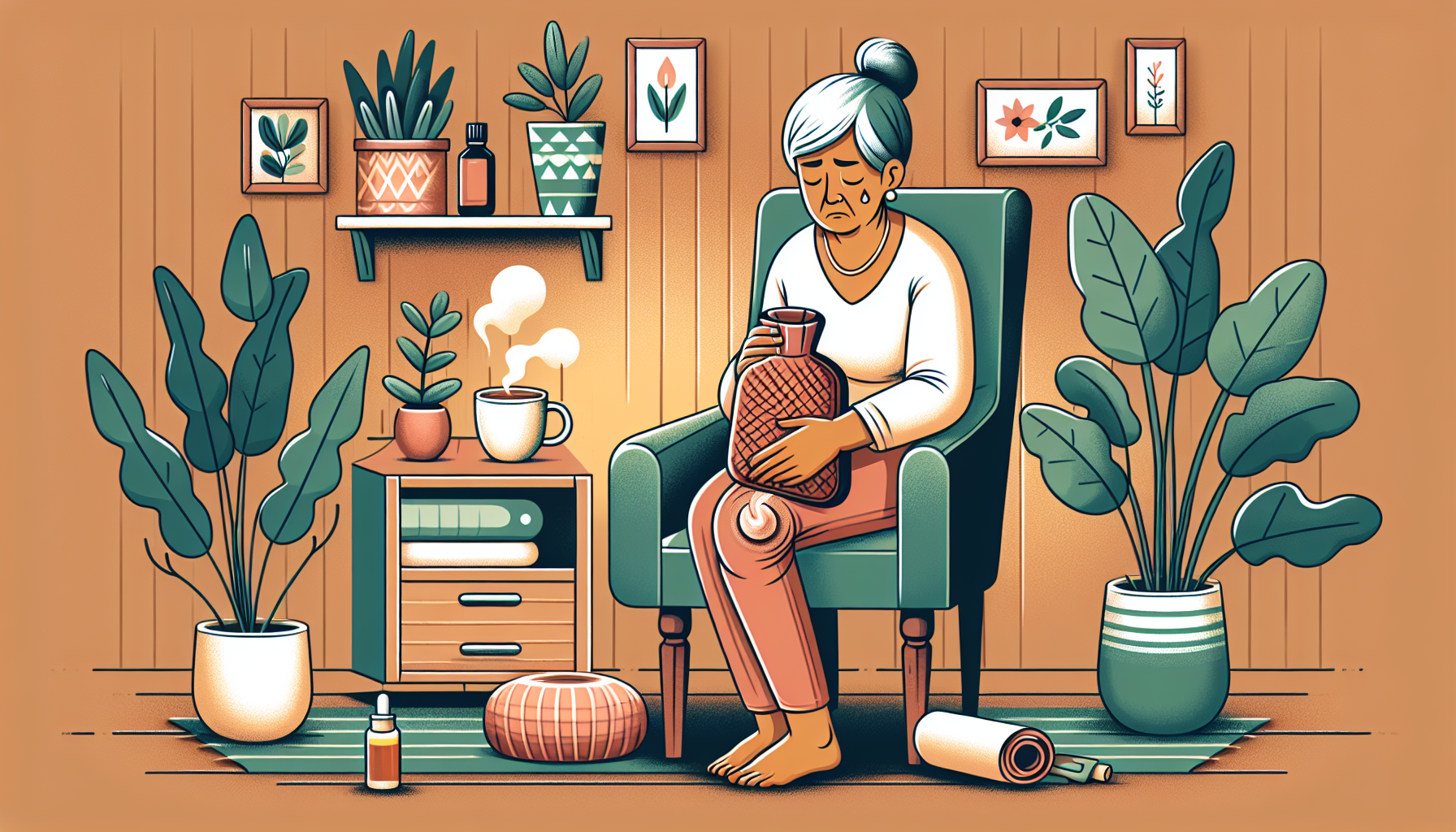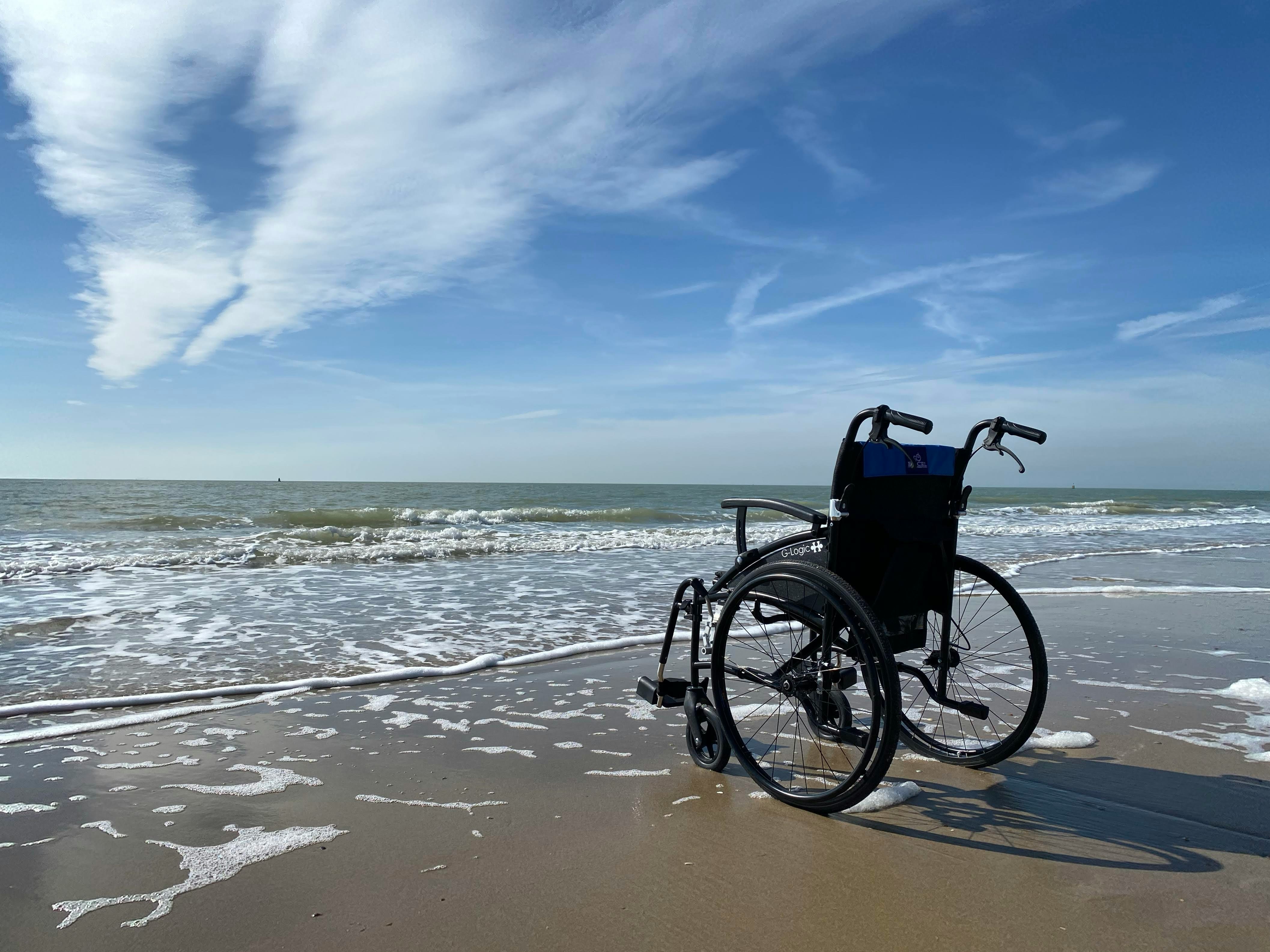Evolution Of Concierge Home Care Models
Learn the evolution of concierge home care models and discover the benefits for caregivers and senior patients.

Evolution of Home Care Models
As the demand for personalized and high-quality home care services continues to grow, the evolution of home care models has led to the emergence of concierge home care. Concierge home care services prioritize personalized care plans and a multi-disciplinary approach to meet the specific needs and preferences of each individual while ensuring their safety, well-being, and comfort.
Concierge Home Care Overview
Concierge home care takes a client-centered approach, focusing on tailoring care plans to meet the unique requirements of each individual. With concierge home care, every client receives an individualized care plan that is carefully developed in collaboration with the client, their family members, and advocates. This collaborative effort ensures that all aspects of their care, including medical, emotional, and social needs, are taken into consideration. The goal is to provide comprehensive support that promotes overall well-being and enhances the quality of life for the client.
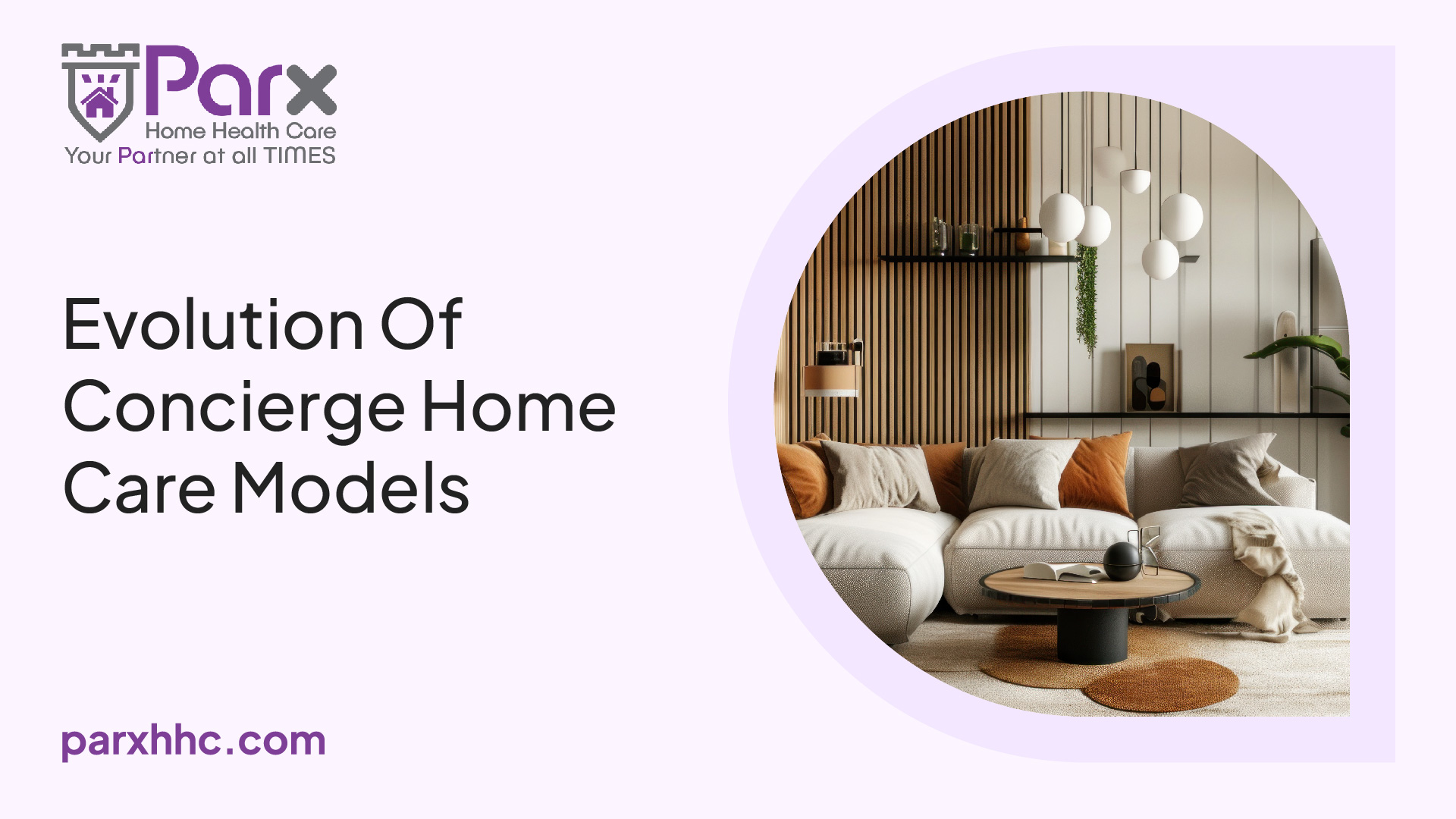
Multi-disciplinary Approach
Concierge home care takes a multi-disciplinary approach to provide a wide range of home care services. These services encompass various aspects of care, including assistance with activities of daily living (ADLs), medication management, mobility support, companionship, and coordination of medical appointments and treatments. By offering a comprehensive set of services, concierge home care ensures that individuals receive the necessary support to live safely and happily in the comfort of their own homes [1].
To deliver these services, concierge home care agencies employ carefully screened, trained, and insured healthcare workers who are experienced in providing compassionate and professional care. These healthcare workers may include nurses, certified nursing assistants, home health aides, and other professionals who work together to ensure the best possible care for the client. The multi-disciplinary team approach allows for a holistic assessment of the client's needs and the implementation of a comprehensive care plan that addresses all aspects of their well-being.
The evolution of home care models, particularly the emergence of concierge home care, has provided a personalized and comprehensive approach to meet the unique needs of individuals who require in-home care. By prioritizing personalized care plans and employing a multi-disciplinary team, concierge home care agencies strive to enhance the quality of life for their clients and enable them to age in place with dignity and independence.
Benefits of Concierge Home Care
When it comes to providing care and support for individuals transitioning from the hospital to their homes, concierge home care models offer a range of benefits. These models prioritize personalized care plans, a wide range of home care services, and trained healthcare workers to ensure the well-being and comfort of their clients.
Personalized Care Plans
Concierge home care services understand that each individual has unique needs, preferences, and goals. They prioritize developing personalized care plans that are tailored to meet these specific requirements. Collaboration between the client, their family members, and advocates is key in creating these care plans. By considering all aspects of the client's care, including medical, physical, emotional, and social needs, these personalized care plans ensure comprehensive and individualized support.
Range of Home Care Services
Concierge home care models take a multi-disciplinary approach to provide a wide range of home care services. These services encompass various aspects of care, including assistance with activities of daily living (ADLs), medication management, mobility support, companionship, and coordination of medical appointments and treatments. By offering a comprehensive suite of services, concierge home care ensures that all the needs of the client are addressed, promoting their overall well-being and quality of life.
Trained Healthcare Workers
Concierge home care agencies place a significant emphasis on the quality of their healthcare workers. These agencies carefully screen, train, and insure their staff to ensure that clients receive compassionate and professional care [1]. The healthcare workers employed by these agencies may include nurses, certified nursing assistants, home health aides, and other professionals. With their expertise and experience, these healthcare workers provide the necessary support and assistance while prioritizing the safety, comfort, and dignity of the clients.
The benefits of concierge home care models extend beyond the above-mentioned factors. By enabling seniors to receive personalized care in the comfort of their own homes, these models promote independence and quality of life. This approach allows individuals to maintain their familiar surroundings while receiving the necessary support to meet their unique needs.
In conclusion, concierge home care models aim to provide personalized care plans, a comprehensive range of home care services, and trained healthcare workers to facilitate a smooth transition from hospital to home. By prioritizing the well-being and comfort of their clients, concierge home care models offer a valuable solution for individuals seeking support and assistance in their journey to recovery and maintaining their independence.
Transitioning from Hospital to Home
When patients are discharged from the hospital, the transition from an institutional setting to the comfort of home can be a critical period for their recovery. In-home health care plays a vital role in this transition, providing essential support and medical services. This section will explore the importance of in-home health care, the history of home health care, and the patient-centered care approach.
Importance of In-Home Health Care
In-home health care is crucial for patients transitioning from the hospital to home. It offers a range of services that promote a smooth and successful transition, ensuring patients receive the necessary care and support to continue their recovery in a familiar environment.
By receiving care in the comfort of their own homes, patients benefit from reduced stress and improved well-being. The familiar surroundings can contribute to a sense of security and enhance the healing process. In-home health care also allows for personalized care plans tailored to the specific needs of each patient, ensuring comprehensive and individualized treatment.
History of Home Health Care
Home health care has a rich history that dates back centuries. Before the establishment of modern hospitals, families and communities played a crucial role in providing care to their loved ones at home. However, it was the work of Florence Nightingale during the Crimean War in the 19th century that showcased the importance of proper medical care and sanitation practices, inspiring the professionalization of home health care.
During World War II, home-based care became a necessity as hospitals were overwhelmed with wounded soldiers. This significant shift in the perception of home health care solidified its role as a viable healthcare option. Since then, advancements in medical technology, such as portable medical devices and equipment, have further propelled the evolution of home health care, allowing for many procedures and treatments to be administered in the comfort of one's own home.
Patient-Centered Care Approach
In recent years, home health care has embraced a patient-centered care approach. This approach emphasizes providing personalized care in the familiar and comfortable environment of one's own home. Collaborating with patients and their families, healthcare providers develop care plans tailored to individual needs and involve patients in the decision-making process regarding their treatment and care.
The patient-centered care approach recognizes the importance of addressing patients' physical, emotional, and social well-being. It emphasizes open communication, shared decision-making, and a focus on achieving the best possible outcomes. By actively involving patients in their care, home health care supports a greater sense of autonomy and empowerment, leading to improved patient satisfaction and overall treatment outcomes.
Understanding the importance of in-home health care, the historical context of home health care, and the patient-centered care approach is essential for caregivers and patients alike. By embracing these principles, individuals can navigate the transition from the hospital to home with confidence, ensuring a seamless and successful recovery process.
Direct Primary Care vs. Concierge Medicine
When exploring different models of care, two options that often come up are direct primary care (DPC) and concierge medicine. While both models offer personalized healthcare, there are distinct differences in their service structure, target patient population, and financial considerations.
Service Comparison
Direct primary care (DPC) allows physicians to spend more time with each patient, typically ranging from 30 to 60 minutes per visit. This longer visit duration allows for more in-depth discussions and comprehensive care compared to traditional primary care settings. DPC physicians focus on building strong doctor-patient relationships and prioritize preventive care, often including services like same-day or next-day appointments, extended office hours, and direct communication with the healthcare provider.
On the other hand, concierge medicine practices offer personalized care with additional perks and amenities. They tend to cater to higher-income patients who desire 24/7 access to a physician, particularly those with chronic conditions or older adults requiring multiple doctor visits throughout the year. Concierge medicine often involves an annual or monthly membership fee, granting patients exclusive benefits such as shorter wait times, longer appointment durations, and more personalized attention.
Target Patient Population
DPC is typically more suitable for younger, middle-income patients who prioritize longer visits and value the convenience of accessible care. DPC physicians generally do not accept insurance like Medicare or Medicaid, making this model more aligned with the needs and preferences of individuals who are not heavily reliant on government insurance programs.
Concierge medicine, on the other hand, tends to cater to a higher-income patient population. This model is suitable for individuals who require 24/7 access to a physician and are willing to pay an additional fee for exclusive services. Concierge medicine is particularly beneficial for patients with chronic conditions or those who desire a more personalized and comprehensive healthcare experience.
Financial Considerations
In terms of financial considerations, DPC offers a more affordable option compared to concierge medicine. DPC physicians often charge a monthly or annual membership fee, which covers a wide range of primary care services. This model may be more cost-effective for individuals who do not require the extensive services and amenities offered by concierge medicine practices.
Concierge medicine, on the other hand, typically involves a higher fee structure. The annual or monthly membership fees in concierge practices provide patients with exclusive access to personalized care, shorter wait times, and extended appointment durations. While the cost may be higher, the additional benefits and personalized attention may be well worth it for patients who prioritize a more comprehensive and convenient healthcare experience.
Table: Comparing Direct Primary Care and Concierge Medicine
AspectDirect Primary Care (DPC)Concierge MedicineVisit Duration30-60 minutesLonger appointmentsTarget Patient PopulationYounger, middle-income patientsHigher-income patientsInsurance AcceptanceOften does not accept insuranceVaries, but may not accept government insuranceCostMore affordableHigher fee structureBenefitsFocus on preventive care, extended office hours, direct communicationExclusive access, shorter wait times, extended appointments
As the healthcare landscape continues to evolve, both direct primary care and concierge medicine models offer unique benefits to patients. The choice between these models depends on individual preferences, financial considerations, and the level of personalized care and convenience desired.
Regulatory Considerations for New Models
When transitioning to new models of care, such as concierge home care, there are important regulatory considerations that need to be taken into account. This section explores three key aspects: transitioning practice models, Medicare participation, and patient enrollment.
Transitioning Practice Models
Physicians are increasingly exploring alternatives to traditional practice models, such as concierge practices and direct care practice models. This shift is driven by factors like declining reimbursement rates and increasing costs [4]. To successfully transition to a new practice model, healthcare providers need to carefully plan and navigate the regulatory landscape.
Transitioning practice models involves notifying patients about the changes, including the transition to a fee-based system or changes in insurance participation. Clear communication is essential to ensure patients understand the implications and benefits of the new model. Additionally, providers should review any contractual obligations with insurance companies and consider the financial impact of the transition.
Medicare Participation
For healthcare providers considering concierge or direct care models, Medicare participation is an important consideration. Providers must ensure that services covered by membership fees are strictly non-covered by Medicare. Medicare beneficiaries must be given an Advance Beneficiary Notice for services not covered by Medicare.
It's crucial for providers to thoroughly understand the rules and regulations surrounding Medicare participation and the implications of transitioning to a new care model. This includes complying with billing requirements, participating in quality reporting programs, and understanding the impact on patients who rely on Medicare for their healthcare coverage.
Patient Enrollment
Patient enrollment is another regulatory consideration when transitioning to new models of care. Healthcare providers need to ensure that the enrollment process is transparent, compliant, and well-documented. This includes clearly outlining the services included in the new model, any associated costs, and the terms of the agreement.
Providers should also consider the impact of the new model on existing patients. It's important to offer options for patients who may not be able to afford the new model or prefer to remain in a traditional care arrangement. Open and honest communication can help patients make informed decisions about their healthcare and facilitate a smooth transition for both parties.
As the number of physicians transitioning to concierge and direct primary care models continues to grow, regulatory considerations play a crucial role in ensuring compliance and the successful implementation of these models. By carefully navigating the regulatory landscape and addressing considerations such as transitioning practice models, Medicare participation, and patient enrollment, healthcare providers can embrace new care models while maintaining compliance and providing high-quality care to their patients.
Growth of Concierge and DPC Models
As the healthcare landscape continues to evolve, the growth of concierge and direct primary care (DPC) models has gained significant momentum. Both models offer unique advantages for physicians and patients alike. Let's explore the growth of these models and their impact on the industry.
Physician Engagement
The number of physicians transitioning to the concierge and DPC business models has been steadily increasing. This shift can be attributed to several factors, including physician dissatisfaction with traditional models, declining pay, increasing patient loads, and the desire for a more rewarding financial and professional experience. The concierge model, in particular, has proven to be appealing to doctors who were considering retirement, as it offers them an opportunity to extend their careers and provide a higher level of personalized care.
Patient Benefits
Concierge and DPC models offer a range of benefits to patients. Although the number of concierge doctors in the U.S. is relatively small, around 10,000 physicians compared to approximately 300,000 physicians in regular practices, these models have gained popularity among certain segments of the population. Approximately three percent of Americans are enrolled in concierge plans, reflecting the alignment of this model with the wealth distribution in America [5].
Despite the higher fee associated with these models, patients often experience several advantages. In a concierge practice, the average number of patients seen is significantly lower compared to regular primary care practices. While regular practices may see 1,000 to 4,000 patients, the average concierge practice sees 300 to 400 patients. This reduced patient load allows for more personalized care, longer appointment times, increased accessibility to the physician, and enhanced continuity of care. Patients often appreciate the ability to have more time with their doctor, unhurried visits, and a greater focus on preventive care and wellness.
Industry Trends and Growth
The growth of concierge and DPC models has been evident in recent years. By 2012, the number of DPC physicians in the U.S. had grown to 4,400 from just 146 in 2005, showcasing a rapid increase in this more affordable self-pay medical model [5]. This growth indicates a significant shift towards these models, driven by both physician and patient demand.
The transition to concierge and DPC models is expected to continue at a rate of 15 to 20 percent per year, as more physicians recognize the benefits and advantages these models offer. With increasing physician engagement and a growing number of patients seeking personalized care, the concierge and DPC models are likely to play a significant role in the future of healthcare.
The growth of these models reflects the changing dynamics of the healthcare industry, highlighting the importance of personalized care, enhanced patient-physician relationships, and a focus on individualized wellness. As more physicians and patients embrace these models, we can expect to see further innovation and development in concierge and DPC care, ultimately shaping the future of healthcare delivery.
References
[2]:
[3]:
[4]:
[5]:















